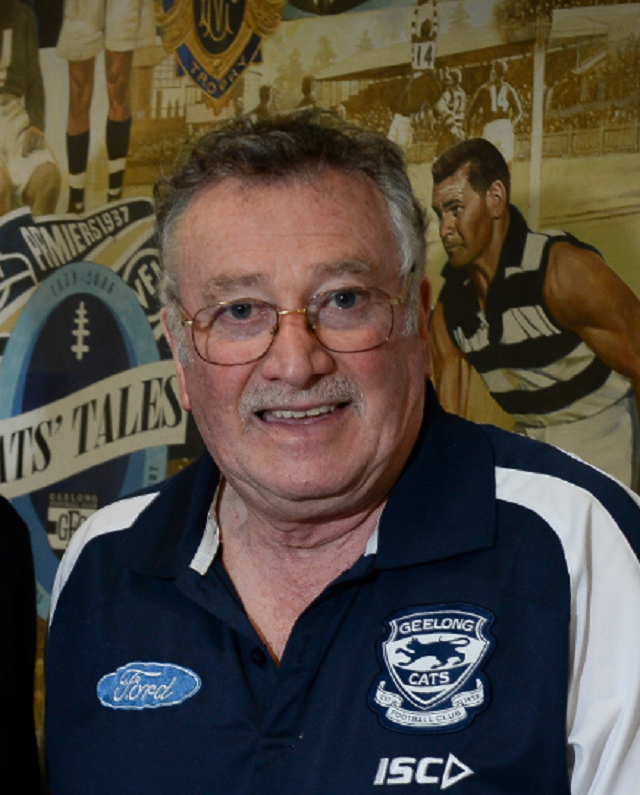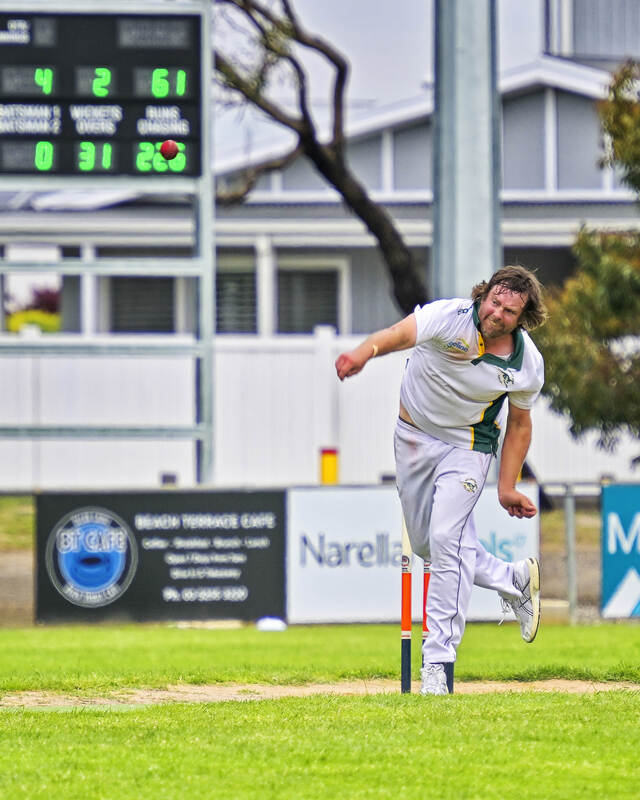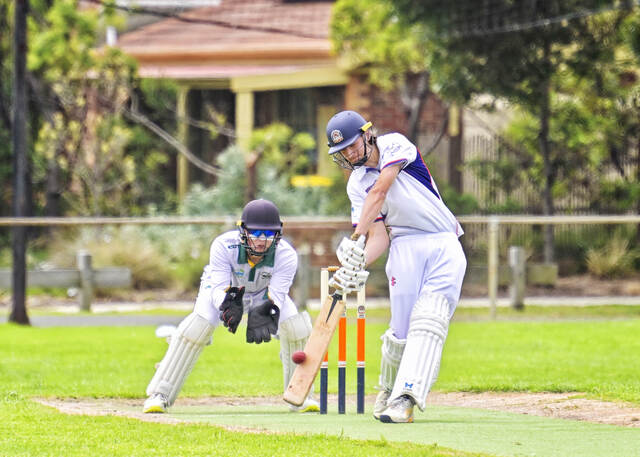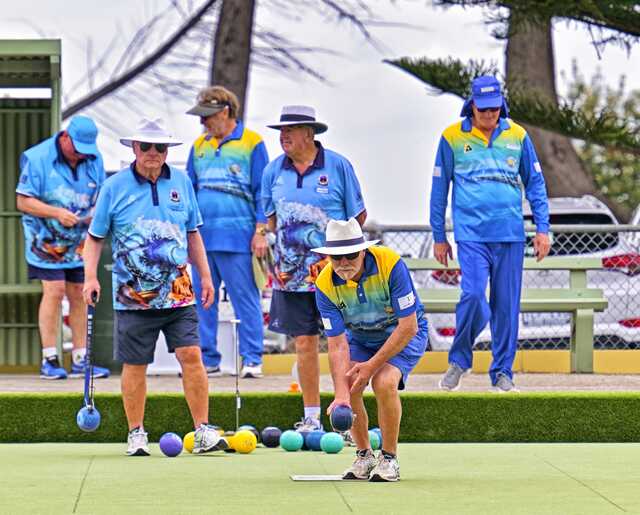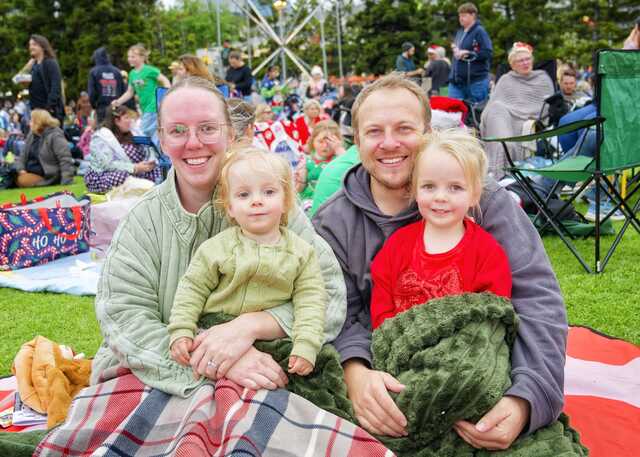Col Hutchinson’s roles as a statistician and historian for the Geelong Football Club and AFL saw him attend 1294 Cats games in a row over more than 65 years. He talks to Ash Bolt about his love of stats and the club.
Tell us a little about yourself.
My family moved from central Victoria to a farm in the Geelong region on my third birthday.
Soon afterwards, my parents took me to Geelong matches at Kardinia Park, but I was more interested in playing with other kids by running up and down the embankments that existed before the construction of grandstands on the Moorabool Street side of the oval, and eating take away food such as pies or hot dogs.
Eventually, I stated to take an interest in football itself when attending Geelong High School, when my friends would keenly discuss how exciting the match played the previous Saturday had been.
I attended my first match independently in 1958 and quickly realised how enthralling the code was.
From that time, I did not miss another home match until the end of 2019. The consequences of COVID-19 ended the sequence.
In 1961, I began to attend almost every away match as well. From mid-1963 until the end of 2019, I attended 1294 consecutive contests involving Geelong.
Where did your love of statistics come from?
During the early 1960s, I listened to and watched as many radio and TV football programs as possible. One ABC show on Saturday morning radio had a segment which invited listeners to write in with a footy question for panel members to answer.
I responded, asking how many league players over the years had played for more than three clubs at the elite level. The panel could not provide an answer, explaining that such information was not published anywhere.
I decided to conduct some research that could provide the answer to my question.
Library visits, reading bound sets of the Geelong Advertiser, seeking information from veteran football followers and writing to each club provided me with useful feedback.
That process inspired me to compile scrapbooks which featured newspaper cuttings, tables of information, descriptions of players, and so on.
I still have such compilations dating back to 1962.
Since then I have computerised a huge amount of statistical information, dating back to the origin of Australian football in 1858.
Professionally, I was a primary school teacher from 1964 until early 1992.
In 1975, I was fortunate enough to begin voluntary service as a match-day statistician for the Cats’ coaching staff. In the late 1970s I was appointed the club’s honorary historian. Nearly 50 years later, I still have that responsibility.
In May 1992 the league asked me to become the AFL statistician-historian in a full-time capacity. Recently, I scaled down my role, and still maintain involvement at AFL HQ.
How has the role of a statistician changed over your time?
In 1975, the match-day stats were compiled with pen and paper with the information being provided by a caller of the action.
The computer age entered the footy scene during the 1980s. A tailored keyboard was developed, incorporating keys denoting player names, actions such as throw-in, kick, effective, ineffective, goal, behind. Initially, the coaching panel received information from the stats gathering at the end of each quarter. As technology improved the panel received any requested information immediately during play via screens.
These days, there is a huge variety of information compiled. The stats gathering is now done for all clubs by Champion Data, a company which supplies information on football matches played at a variety of levels.
What’s been the most memorable moment in your career?
In 1958, when I first took an interest in the Cats, the club finished at the bottom of the ladder.
Five years later, Geelong defeated Hawthorn easily in the grand final. That was a thrilling experience.
The next 43 seasons provided plenty of highs and lows – great memories of exciting matches and champion players on one hand, and five deflating grand final losses, several talented players being struck down by serious injuries and a variety of controversies on the other.
The drought-breaking victory over Port Adelaide in 2007 has been the most uplifting experience in the 64 years of my footy involvement.
I will never forget the wonderful atmosphere evident in Geelong when driving down Moorabool Street hours after the match, and the sheer joy of fans in the region in the next few days.
Do you have any other passions?
I enjoy current affairs programs and documentaries dealing with all aspect of history.
What’s your favourite thing to do locally?
Going for long, relaxing walks in the Surf Coast area.
What is something people may not know about you?
John O’Neill, an excellent Geelong player from 1956 until 1962, visited Connewarre Primary School in his first year with the Cats to teach the boys, including me, the skills of the code in a clinic that he conducted.
Eight years later, he called in at the Koallah Primary School, between Colac and Cobden. I happened to be the teacher there, in my first year out of Teachers’ College.
He had come to invite me to train with the Cobden Football Club, where he was coaching. Naturally, by that time he had become one of my footy heroes, and I did not hesitate accepting his invitation. I was able to demonstrate my kicking skills that he had taught me. Unfortunately, a general lack of footy ability held me back from being invited to play for Cobden.

